Introduction
Emergencies can strike when least expected. Having basic first aid knowledge for your dog or cat can mean the difference between swift recovery and complications. This beginner’s guide covers essential first aid supplies, how to handle common injuries, and step-by-step instructions for emergencies. Always consult a veterinarian for serious conditions.
Building Your Pet First Aid Kit
Bandages and Dressings:
Gauze pads, nonstick pads, self-adhesive bandage wrap
Rolled gauze and adhesive tape
Antiseptics and Ointments:
Chlorhexidine or povidone-iodine solution for wound cleaning
Triple antibiotic ointment (pet-safe)
Tools:
Digital rectal thermometer (with petroleum jelly for lubrication)
Tick removal tool or fine-tipped tweezers
Scissors (blunt-tip preferred)
Hemostats or surgical forceps for debris removal
Additional Supplies:
Saline solution for wound irrigation
Styptic powder to manage bleeding from nail trims or cuts
Disposable gloves (nitrile)
Muzzle or leash to safely restrain an injured pet
Blanket or towel to use as a stretcher
Medications (Vet-Prescribed):
Antihistamines (e.g., diphenhydramine) for allergic reactions (dosage per veterinarian)
Pain relievers specifically formulated for pets (never give human medications without vet approval)
Recognizing Common Emergencies
Bleeding Wounds:
Identify source: superficial scratches vs. deep punctures.
Apply direct pressure with a clean gauze pad for 5–10 minutes.
If bleeding continues, apply a pressure bandage and seek veterinary care immediately.
Choking:
Dogs: Perform the Heimlich maneuver by standing behind and applying upward pressure just below the rib cage.
Cats: Hold the cat securely, perform gentle abdominal thrusts or back blows.
If object is visible in the mouth, use caution with gloved hands to remove it. Always get professional help if airway remains obstructed.
Heatstroke:
Signs: Excessive panting, drooling, collapse, vomiting, bright red gums.
Move pet to a cool area and offer small sips of water.
Apply cool (not ice-cold) water to the body, focusing on head, armpits, and groin.
Monitor rectal temperature: stop cooling at 103°F (39.4°C) to avoid hypothermia.
Transport to veterinarian immediately.
Poisoning:
Identify the toxin (household cleaners, human medications, toxic plants).
Call the Pet Poison Helpline or your veterinarian with details.
Do not induce vomiting unless instructed by a professional.
Keep the packaging or plant sample for identification.
Fractures and Sprains:
Signs: Pain, limping, swelling, deformity.
Immobilize the limb with makeshift splint (rolled magazine and cloth).
Apply a cold compress to reduce swelling.
Transport gently to veterinary clinic; use a board or sturdy stretcher for larger pets.
Step-by-Step First Aid Procedures
1. Wound Cleaning and Dressing
Stop Bleeding: Apply direct pressure.
Clean Wound: Flush with sterile saline or clean water.
Apply Antiseptic: Dab chlorhexidine solution around the wound margins.
Dress Wound: Place nonstick pad over wound, wrap with gauze, secure with self-adhesive wrap.
2. Treating Minor Burns
First-Degree Burns: Cool with clean, running water for 10–15 minutes.
Do Not Apply Ice: It can worsen tissue damage.
Cover: Use a sterile, non-adherent dressing.
Seek Veterinary Care: For second- or third-degree burns or if area is greater than 3 inches.
3. Bandaging a Limb
Position Limb: Keep limb in natural position.
Padding: Place soft padding (cotton or gauze) around injured area.
Apply Wrap: Use self-adhesive bandage wrap from the bottom toward the body, ensuring firm but not restrictive tension.
Check Circulation: After wrapping, check toes for warmth and color; remove if circulation is compromised.
Preventive Measures and Training
Pet CPR: Consider enrolling in a certified pet first aid/CPR course for hands-on training.
Emergency Contacts: Keep your veterinarian’s number and the nearest 24/7 emergency clinic visible.
Pet Identification: Ensure your pet has a collar with updated ID tags and microchip information.
Practice Calm Handling: Familiarize your pet with being handled around paws, ears, and mouth to reduce stress during emergencies.
Conclusion
Being prepared with a well-stocked first aid kit and basic knowledge can significantly impact your dog’s or cat’s outcome during emergencies. While these steps can stabilize your pet, always seek professional veterinary care for serious injuries or illnesses. Regularly review first aid procedures and kit contents to ensure readiness for any unexpected situation.



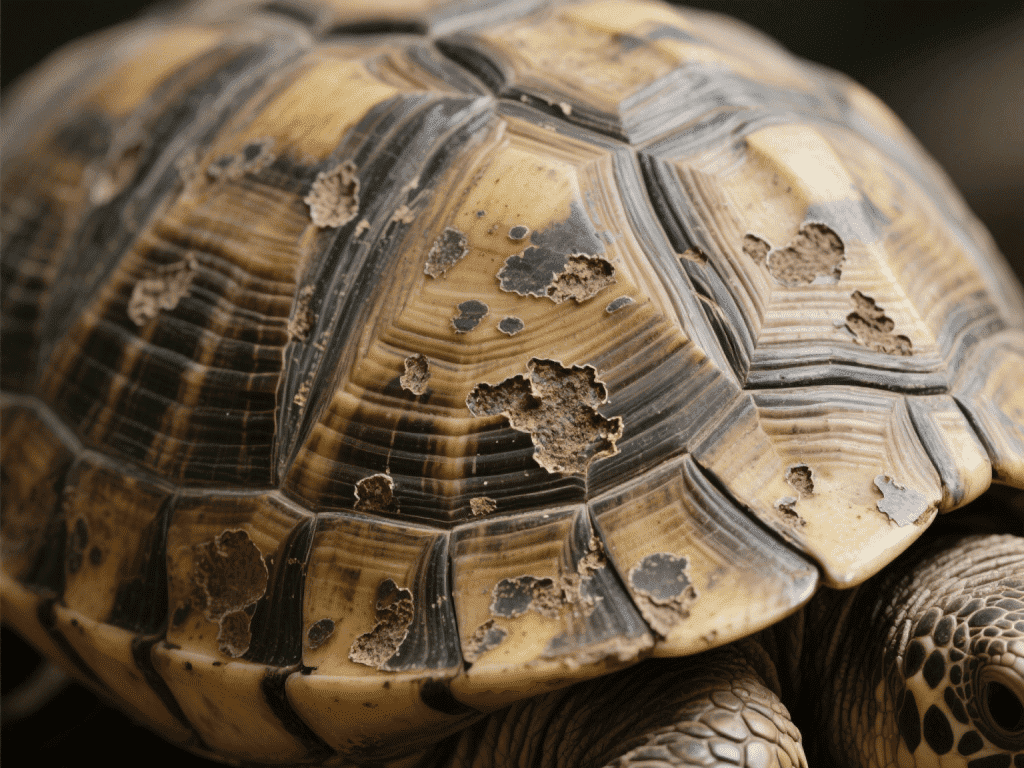
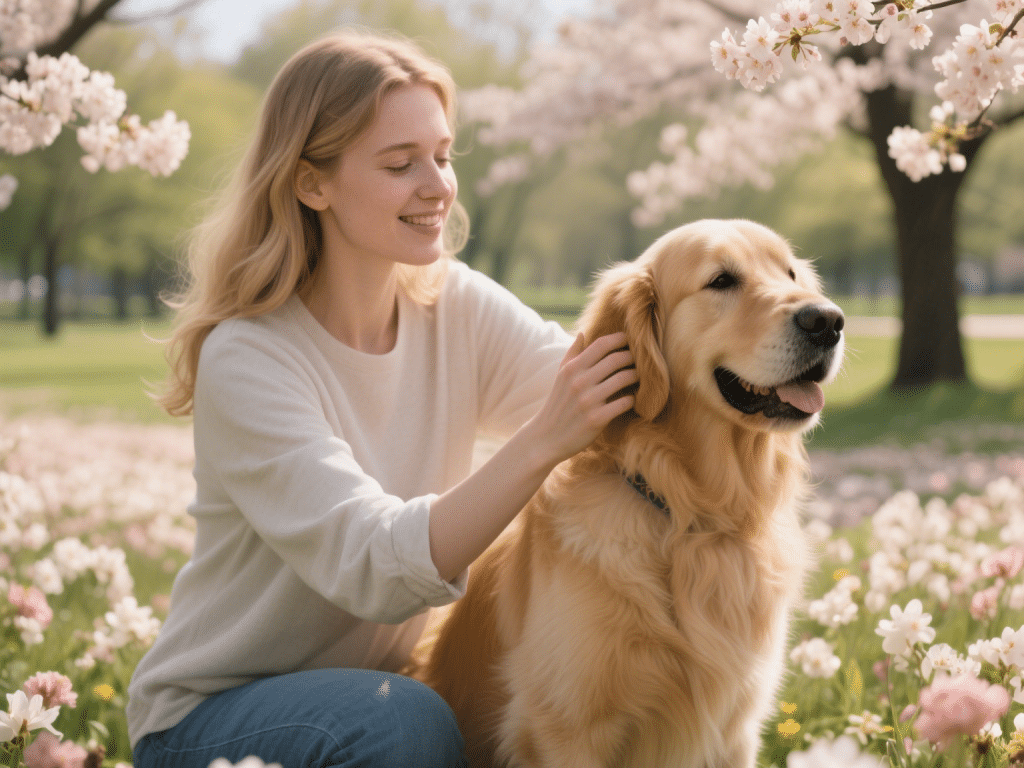
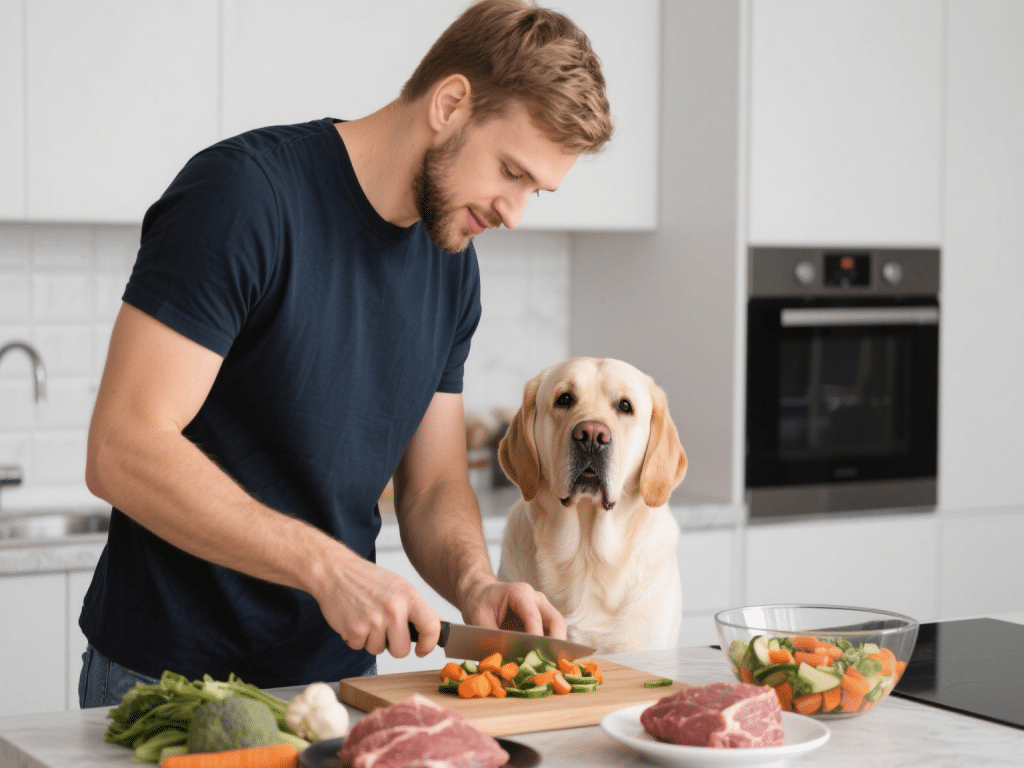
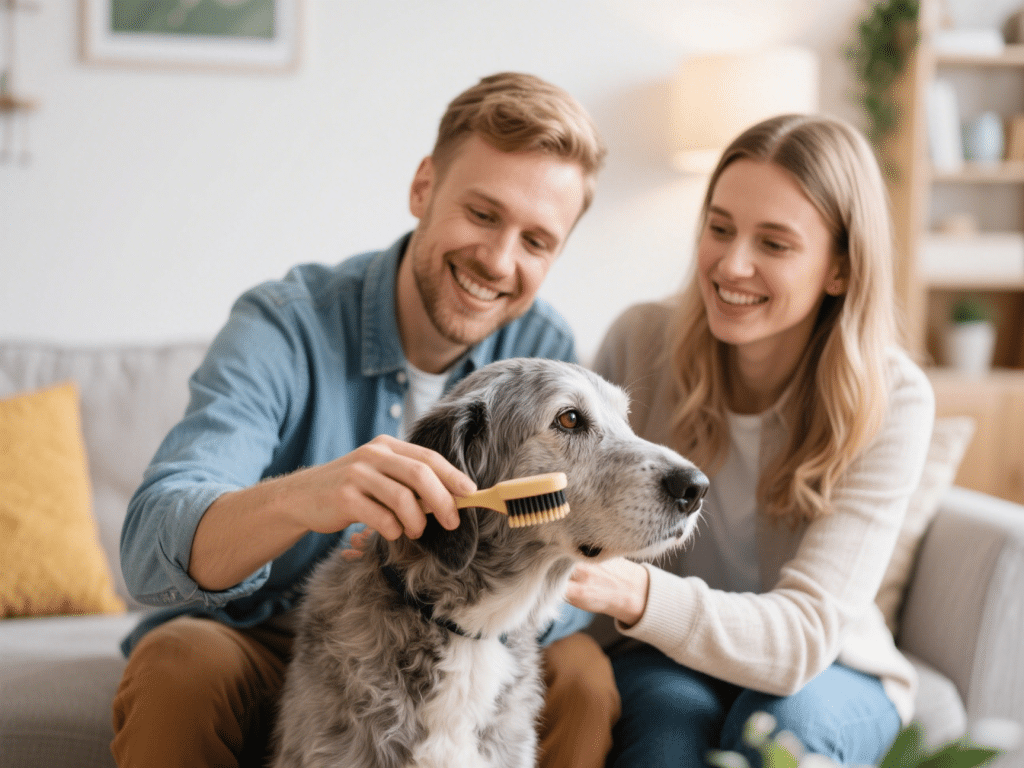


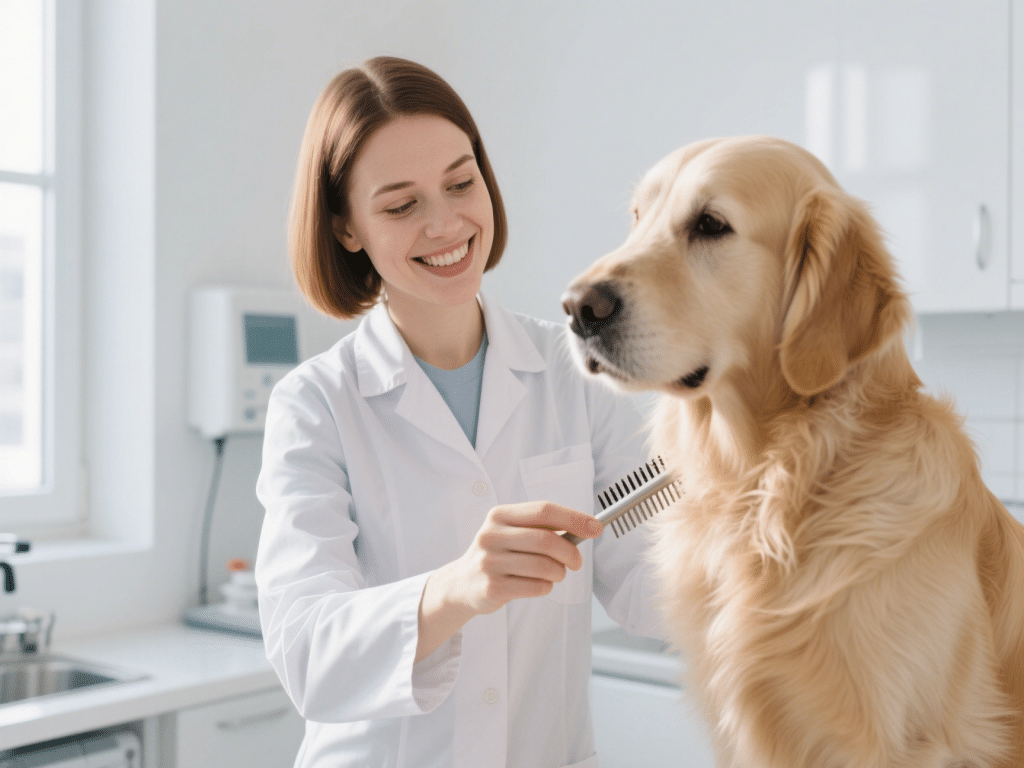
Comments on " Beginner’s Guide to Pet First Aid for Dog and Cat Owners" :